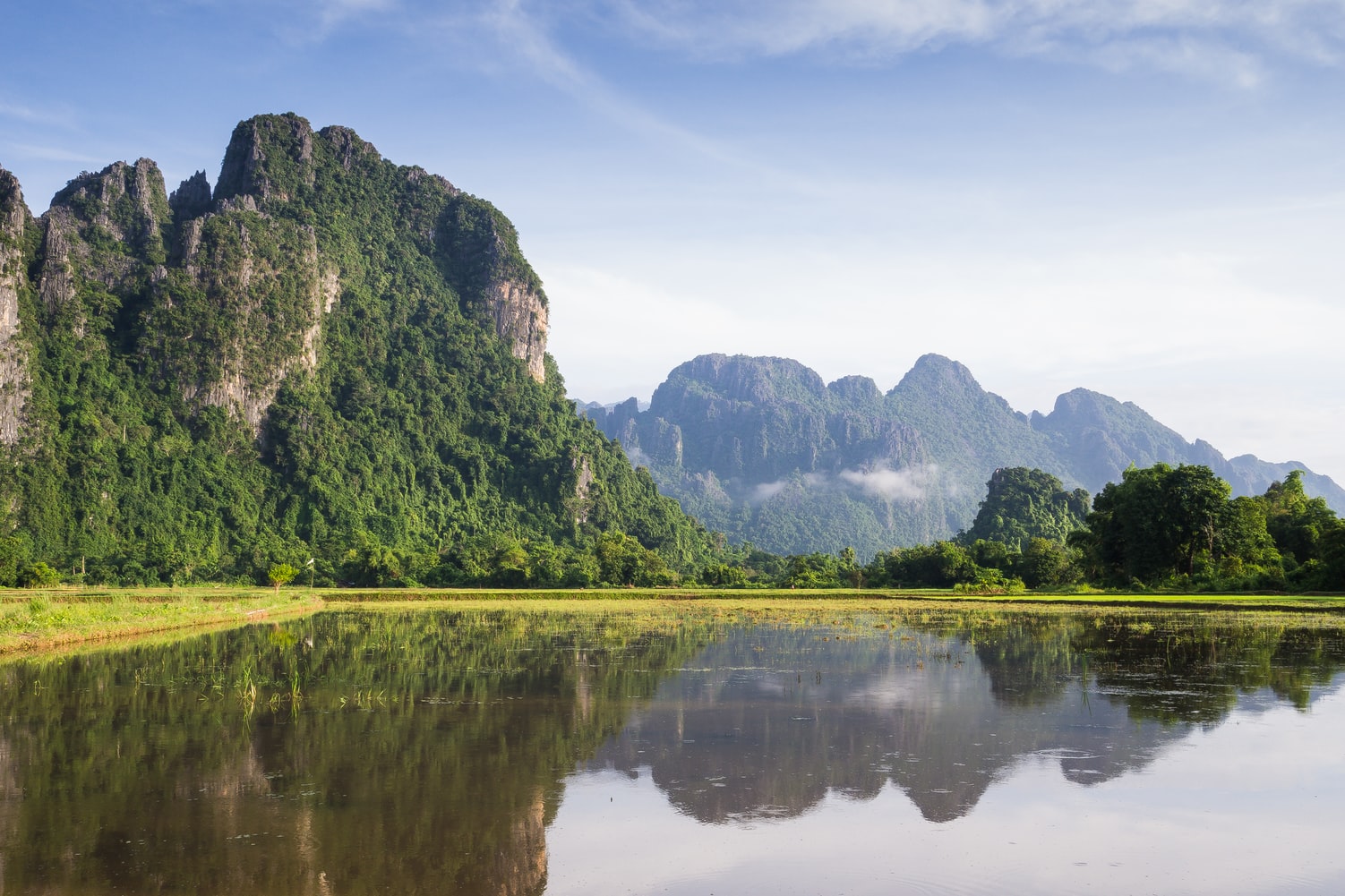Estimated emissions from the travel and tourism industry total 11% of all emissions worldwide.
Even while surveys show that 71% of travelers want to travel more responsibly, there are still big differences between what customers plan and what they actually do.
Here are the impediments to purpose and reality as well as some strategies for creating a more moral and sustainable cycle for the sector.
The urgency and scope of solving the global climate and environmental crises are once again front and center as COP27 gets underway. The travel and tourism (T&T) industry, which is responsible for an estimated 11% of global emissions and is predicted to expand, will be crucial to achieving the world’s climate targets.
In this setting, governments and investors are putting increasing pressure on the industry to cut emissions and boost sustainability through tighter emissions regulations, eco-friendly tax breaks, and an increase in ESG-related investments. Additionally, more and more customers are expressing a preference for environmentally friendly travel solutions.
As a result, many tourism-related businesses, including airlines, have made enhancing sustainability and reducing greenhouse gas emissions core corporate objectives. T&T enterprises must be successful in creating goods that offer more sustainable travel options in order to realize these objectives and make the transition to a more sustainable future.
A growing interest in eco-friendly travel
Travelers are valuing sustainable travel more and more, according to recent studies and survey findings, which suggests a market opportunity for sustainable travel solutions. In addition, according to a Booking.com survey, 71% of travelers worldwide desire to travel more responsibly, and 78% want to stay at a sustainable property at least once a year. Four out of five travelers worldwide agreed that sustainable travel is a priority for them.
In a poll conducted by Expedia, 69% of participants indicated that they desire to reduce their environmental impact, and 75% said they would want to travel using more environmentally friendly forms of transportation.
Despite the fact that travelers appear to have a greater desire for and readiness to purchase environmentally friendly and sustainable goods, anecdotal evidence suggests that this trend has not yet accelerated. Since sustainable products are still in their infancy, little is known about actual consumer behavior. Furthermore, recent research found that consumers choose sustainable business practices and products that are clearer, simpler, and simpler to access.
Consumer behavior barriers to sustainability
Additionally, industry conversations and the research we are undertaking have helped us pinpoint a number of barriers that account for the discrepancy between customers’ stated intentions and what they actually do.
These obstacles can be grouped or categorised into six broad categories:
1) Limited availability – The availability barrier is the absence of a sustainable product alternative in a company’s line of business. This includes the fact that there aren’t many sustainable product options overall and that some sustainable options are priced similarly to more conventional ones.
2) Lack of understanding – This obstacle relates to tourists’ ignorance of T&T’s sustainability issues, sustainable behaviors that can aid them, and environmentally friendly goods that are available.
Low credibility refers to the desire of customers for more assurance and information on the promises made by businesses regarding the sustainability of their products. Enhancing credibility of a product involves factors including transparency, cogent reporting, certification, and verified labeling.

4) A higher price tag – In general, eco-friendly travel solutions are thought to be more expensive than their conventional counterparts. Customers frequently choose not to buy the alternative due to the higher price since their desire to pay more for a product that is more sustainable varies by customer segment and is always changing.
5) Difficult purchasing process – Customers are frequently deterred from buying sustainable products if the procedure is difficult and counterproductive.
6) Lack of appreciation or rewards – This obstacle relates to the requirement to make clients feel rewarded for their emotional and physical efforts. Tools in this field assist people in sharing their sustainability efforts on social media or in receiving recognition in real world settings.
Taking care of the say-do gaps
Companies will be better positioned to meet customer needs if they can offer sustainable services that close these say-do-gaps. As a result, it is possible to create a positive feedback loop whereby more sustainable product purchases result in improved business success, which encourages additional investment in sustainable solutions. Travelers would then be more likely to act responsibly as a result of the rising supply of sustainable goods, aiding the T&T industry’s journey to net zero.
InnoFrench is an agency that drives promotion for the tourism industry.

